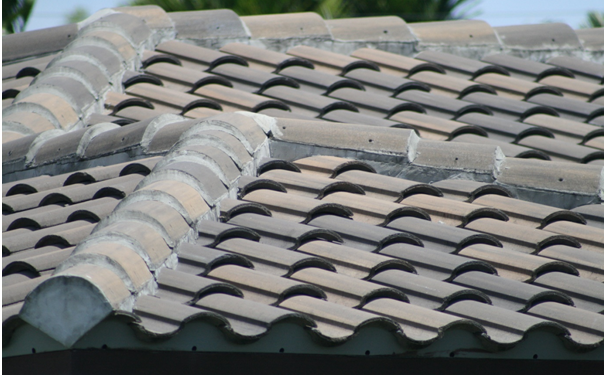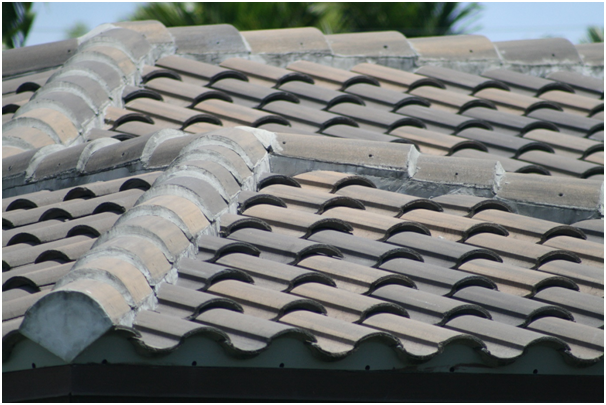
Whether you’re building a new property or want to replace an existing roof, the material you choose can make all the difference. A roof is one of the most dominant features of a property, taking up to 20-30% of the visible exterior area. The planning stage is crucial therefore, to get the right look and the most durable and effective roofing material. The main materials used in the UK are slate, concrete tiles and clay. There is a wider choice available though and here we look at the different choices in more detail. Considerations will include the coverage, cost, environmental friendliness, expertise required to lay and whether the material suits the area.
Stone
This is a pricey option for a roof covering and would probably only be considered where there is an historical reason to use it – such as in the Cotswolds or the Pennines. Sedimentary stone will separate naturally into thinner sections, similar to slate. They make a good roof material, heavy and strong but they do require a steeper pitch and most likely, a specialist roofer. Clay or metal ridge tiles are often used alongside stone as stone is difficult to achieve a curve with. They are laid with larger tiles at the base and smaller tiles ascending.
Concrete
This is a very popular material for roofing, due to its vast range in tiles available. Such tiles are mainly interlocking which gives greater waterproofing qualities. They can be used on a shallower pitched roof, are economically viable and offer a good, secure fixing. There are a wide range of finishes, textures and colours to choose from including vintage-look and double-roman. The only downside is that concrete tiles don’t have the life expectancy of stone and can weather faster. They do offer greater flexibility and can be adapted easily to fit more tricky shapes, curves and gulleys, for example. For Flat Roofing Gloucester, visit http://premiertradespeople.co.uk/trade-services-gloucester/gloucester-roofing/

Metal
Metal for roofing might seem like a modern invention but copper has been used in roofing for hundreds of years, particularly for ornate domes and lead flat-roofing during the reign of Elizabeth I. Nowadays, materials like aluminium and zinc can be used for roofing and it’s particularly good for complex shapes and curving. It is highly durable but does have some environmental concerns over production methods. It can be attractive to thieves due to its high worth and run-off can be a worry. Steel tiles are common in Europe as they are light, hi-tech and can be used on low pitched roofing.
Slate
Popular in the UK due to its natural abundance. It is easily split to form thin sections perfect for tiling. To make them water-tight, they do need to be tightly overlapped and laid on battens on top of an underlay. The pitch required is at least 30 degrees and clay or metal ridge tiles need to be applied due to its difficulty in shaping. More modern varieties are available in different colours, but they are normally grey.
